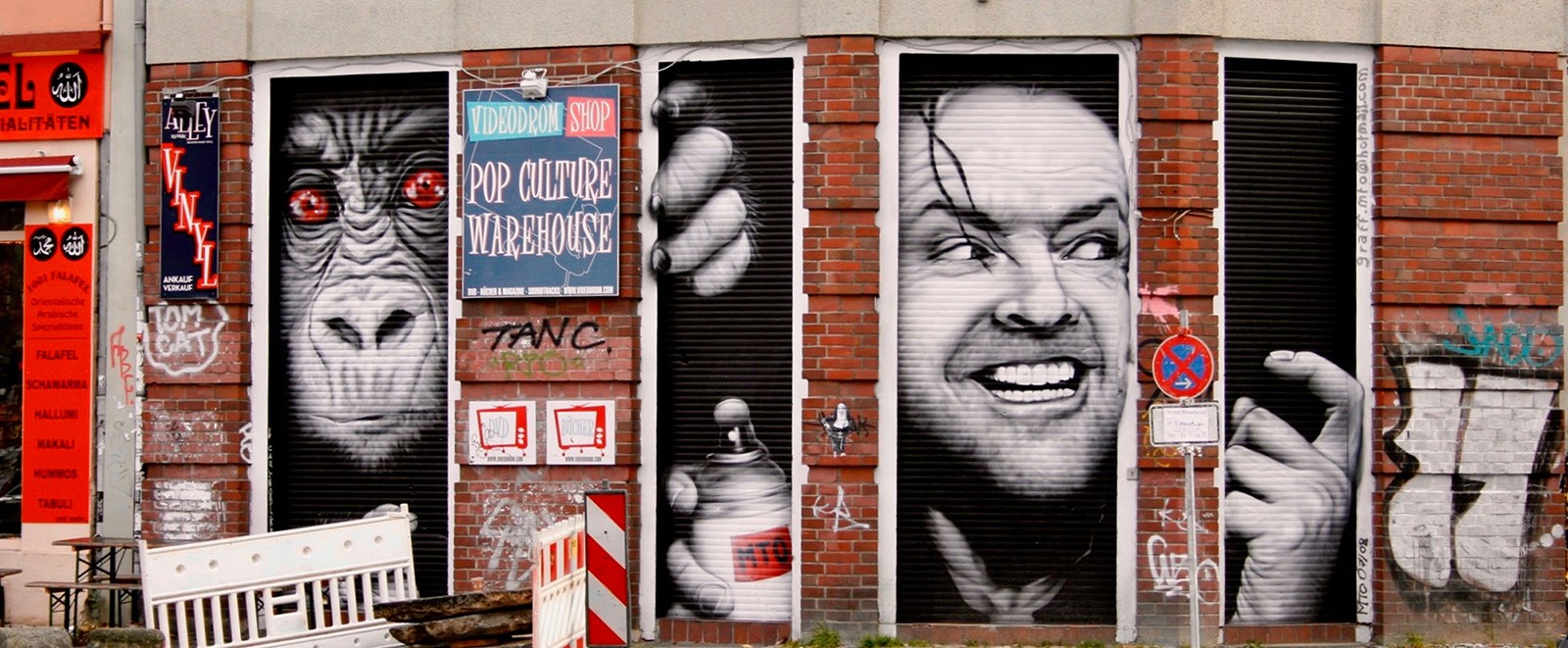The good news is alternatives to PVC are increasingly common for display products like signs, posters, backdrops and even adhesive films. The most common substitutes are PET, PP, PE and Polyester. These are all types of plastic generally considered better for the environment.
- PET (Polyethylene Terephthalate) has a higher thermal conductivity than PVC which, importantly, means it requires less energy to create and form. It can be recycled much more easily too.
- PP (PolyPropylene) is one of the simplest plastics comprising just carbon and hydrogen elements. It has none of the dangerous chlorine-based toxins associated with PVC. If PVC is incinerated at the end of its life, or present in accidental fires, it produces toxic byproducts such as dioxins, chlorocarbons and hydrochloric acid. Complete combustion of PP, on the other hand, leaves only carbon dioxide and water.
- PE (PolyEthylene) is considered one of the safest plastics and is growing in popularity in the food and drinks sector.
- Polyester meshes can make for a lightweight high-quality printed finish. It is, however, a synthetic petroleum-based fibre. It’s less toxic than PVC but, that said, 70 million barrels of oil are used to make it each year.
The answer may be to move away from plastics altogether. We can print on a range of different materials. These include fibre-based boards and papers, ceramics, glass and even recycled metal using our equipment. Along with the wider print industry we have been innovating in regards to using natural, recyclable and biodegradable materials.
However you wish to approach green issues, The Revolution team can work with you to fulfil your project’s environmental requirements. We can ensure your striking graphics don’t cost the earth.
